Many insects have look-alikes, or impostors. Most of these look-alikes are other bugs. Some of these pretenders resemble disease-carrying insects or insects that are harmful to property, so it’s good to be able to tell the difference between the real deal and the deceiver. In most cases, careful attention to appearance and behavior are enough to allow even those of us who aren’t entomologists, or bug doctors, to recognize the true insect from its impostor.
Bedbug Impostors
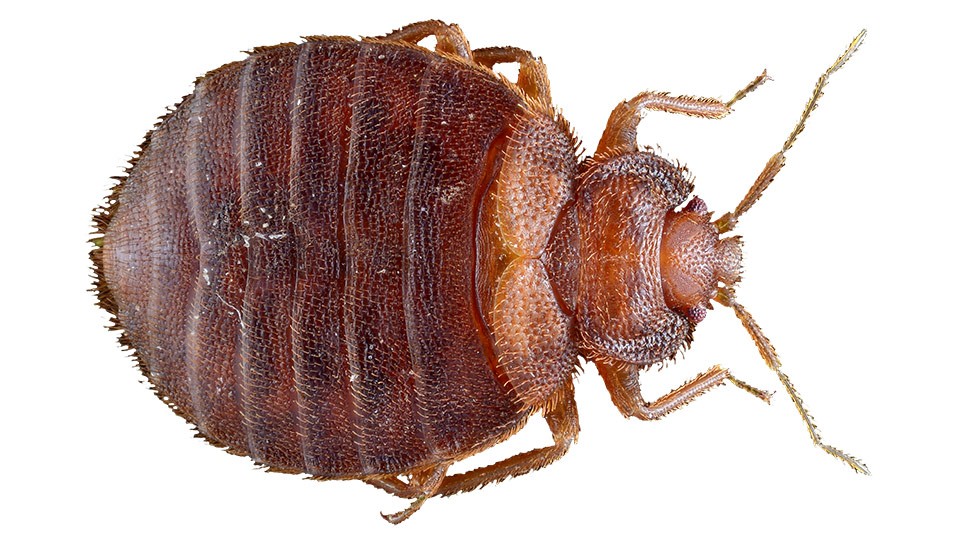
Due to their similar appearances or behaviors, bat bugs, newborn cockroaches (pictured above), wood ticks, carpet beetles, spider beetles, and fleas have all been mistaken for bedbugs. They look quite a bit like bedbugs, too, so they make good impostors. Unlike bedbugs, though, bat bugs hang out near bat roosts. Cockroaches look much different than bedbugs when they are older, but recently hatched roaches, not so much, which is why they’re sometimes mistaken for bedbugs. Ticks live outdoors, bedbugs indoors. Ticks attach themselves to one spot, feeding there exclusively. Bedbugs are more nomadic, traveling over the body to sample the fare at many locations.
Mosquito Impostors

Midges, crane flies (pictured above), and fungus gnats are sometimes confused with mosquitoes. However, there’s no need for humans to fear most mosquito impostors. Fortunately, it’s pretty easy to distinguish between mosquitoes and mosquito impostors. Mosquitoes bite. Most mosquito impostors don’t. However, midges do bite. Unlike mosquitoes, they don’t pierce the skin as a needle would. Instead, they cut it as a pair of scissors does and then lick the resulting pool of blood from the skin. Mosquitoes can also transmit disease to humans. Impostors can’t.
Tick Impostors
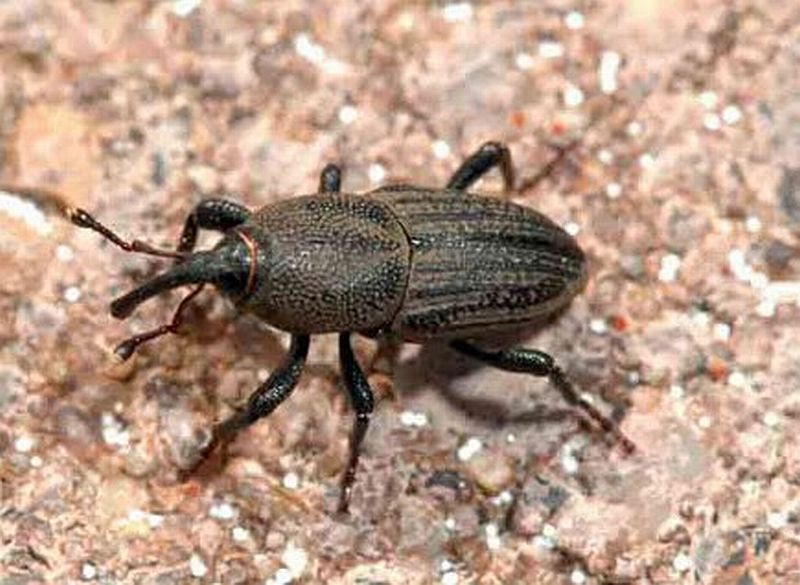
Just as ticks are sometimes mistaken for bedbugs, billbugs (pictured above) are often mistaken for ticks. It is important to know the difference because ticks carry Lyme disease. Billbugs don’t. The bugs do look alike, but the key is to judge them by their actions, not their looks. Ticks suck blood, and, over a period of days, they swell, becoming larger. Ticks are loners, but billbugs like to hang out together in swarms. Ticks feed on people and animals. Billbugs eat grass.
Cockroach Impostor
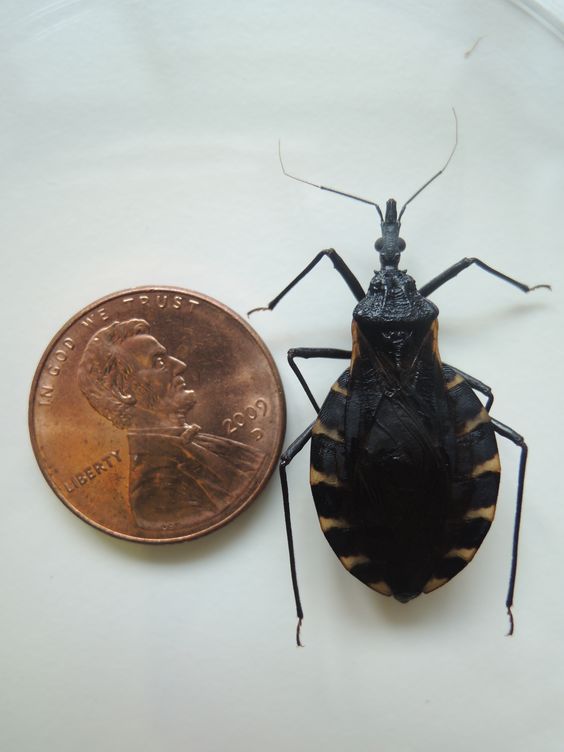
Cockroaches are scavengers. Not so cockroach impostors. Water bugs hunt down and kill their prey, such as mosquitoes. For the giant water bug (pictured above), which grows to 10 centimeters (4 in), “crustaceans, tadpoles, salamanders, fish, and amphibians” are also on the menu. These giants can eat prey “50 times” their own its size. While it is true that both cockroaches and water bugs will hide, water bugs are more likely to play dead than to run. Also, unlike cockroaches, water bugs will bite. They have a particularly nasty bite, too, injecting “digestive enzymes” and extracting “liquefied tissue.”
Triatomine Bug Impostor
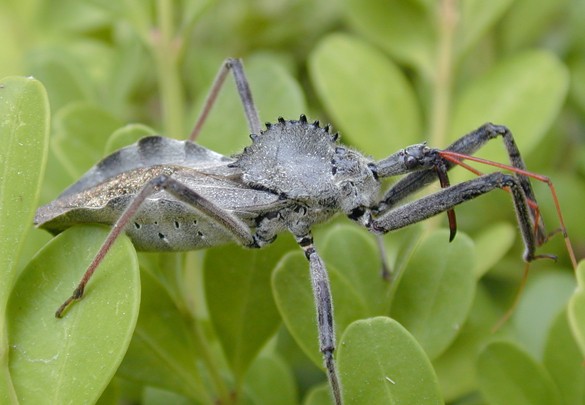
Unless we’re entomologists or we know one, it’s unlikely that we’re familiar with triatomine bugs. Basically, they’re bloodsuckers. They tend to live around houses and transmit the parasite that causes Chagas’ disease, an incurable illness that damages the heart and intestines. Fortunately, although the disease is incurable, measures can be taken to prevent infection. The wheel bug (pictured above) is also sometimes mistaken for the triatomine bug. Its saliva contains venom, which it injects into its victim through a tube in its beak. The venomous saliva digests its prey, and the wheel bug sucks the digested juices into its stomach through a second tube in its beak.
Brown Marmorated Stinkbug Impostors
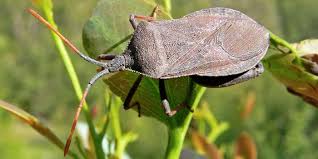
https://www.naturalalternativeremedy.com
The squash bug (pictured above) and several others of its own kind resemble the brown marmorated stinkbug closely enough to be confused with it. It is distinguished from similar stinkbugs by its pair of “wide, light-colored, banded areas on the antennae,” by an abdomen extending “past the wings” so that “light-colored triangles” are visible “past the wing edges,” and by the presence of “only one small tooth along each leading edge of the thorax . . . just behind the eye.” In addition, “when disturbed,” the brown marmorated stinkbug exudes an odor resembling that of coriander.
Periodical Cicada Impostor
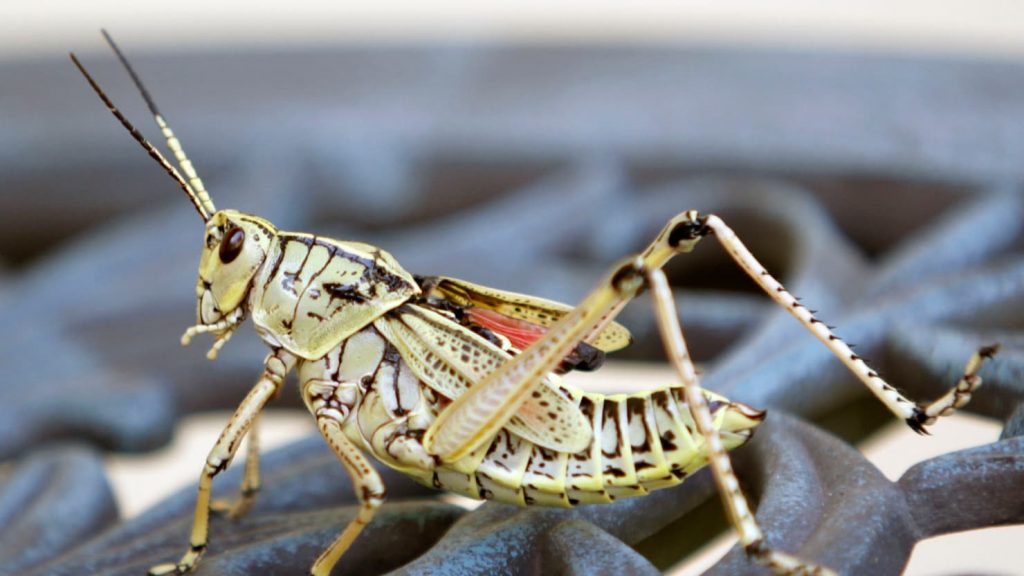
Periodical cicadas aren’t locusts (pictured above), although they are frequently confused with them. For one thing, periodical cicadas don’t bite, and they don’t devour acres of crops. Equipped with abdominal tymbals (membranes), periodical cicadas produce a buzzing sound like others of their kind. Lacking tymbals, locusts do make these sounds. Locusts swarm. Periodical and other cicadas may swarm, but they often do not. Finally, despite turkeys, raccoons, skunks, and coyotes, periodical and other cicadas live much longer than locusts.
Common Chinch Bug Impostors
It is not surprising that false chinch bugs are mistaken for the common chinch bug. The two look quite a bit alike, and their habits are similar. However, the insects have different appetites. The false chinch bugs are fond of dining upon sorghum and weed seeds. The common chinch bug prefers a greater variety—a smorgasbord of “corn, rice, small grains, sorghum and bunch grasses and turf grasses.”
Bumblebee Impostors
Big, black-and-yellow carpenter bees (pictured above) are often confused with bumblebees. However, the impostors’ shiny black tail section distinguishes them. The males cannot sting. The females can but seldom do unless they’re trapped. Bumblebees are hairy. Carpenter bees are almost bald. Bumblebees live underground. Carpenter bees dwell under the eaves of houses or in trees. Bumblebees like to socialize. Carpenter bees are loners. Unlike bumblebees, carpenter bees also drill into wood, creating tunnels through “doors, windowsills, roof eaves, shingles, railings, telephone poles, and sometimes even wooden lawn furniture.”
Sphinx or Hawk Moth Impostor
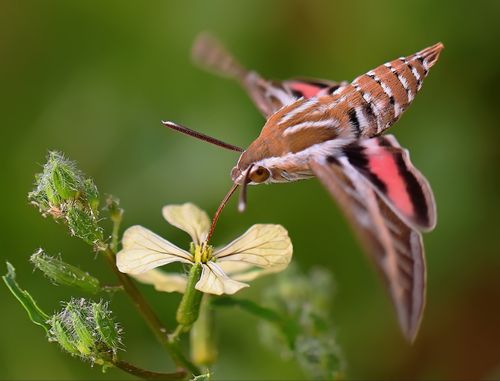
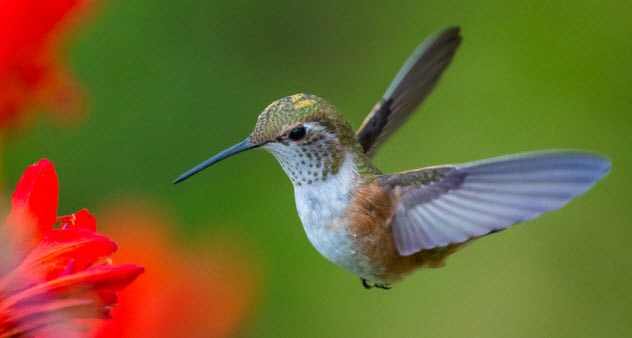
http://philippines.liketimes.me
The sphinx or hawk moth also has an impostor. However, this pretender isn’t another insect. It’s a bird! A hummingbird (pictured above), to be exact. Like the hummingbird, this gigantic moth hovers over flowers and dips its lengthy proboscis into blossoms to extract nectar. Its rapid wing beats even make a humming sound, so it is sometimes referred to as a “hummingbird moth.”
Related Content
Leave your vote
This post was created with our nice and easy submission form. Create your post!
